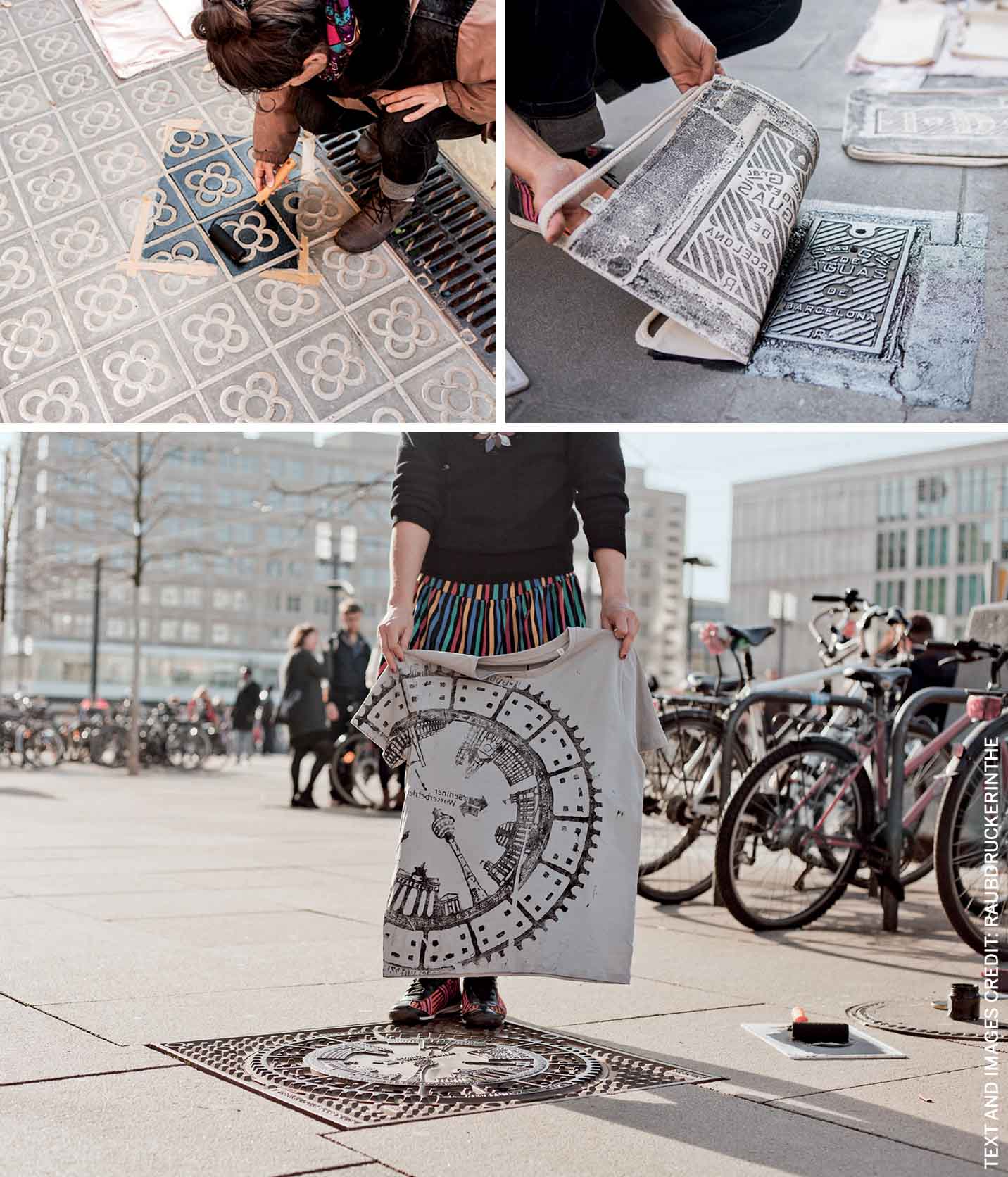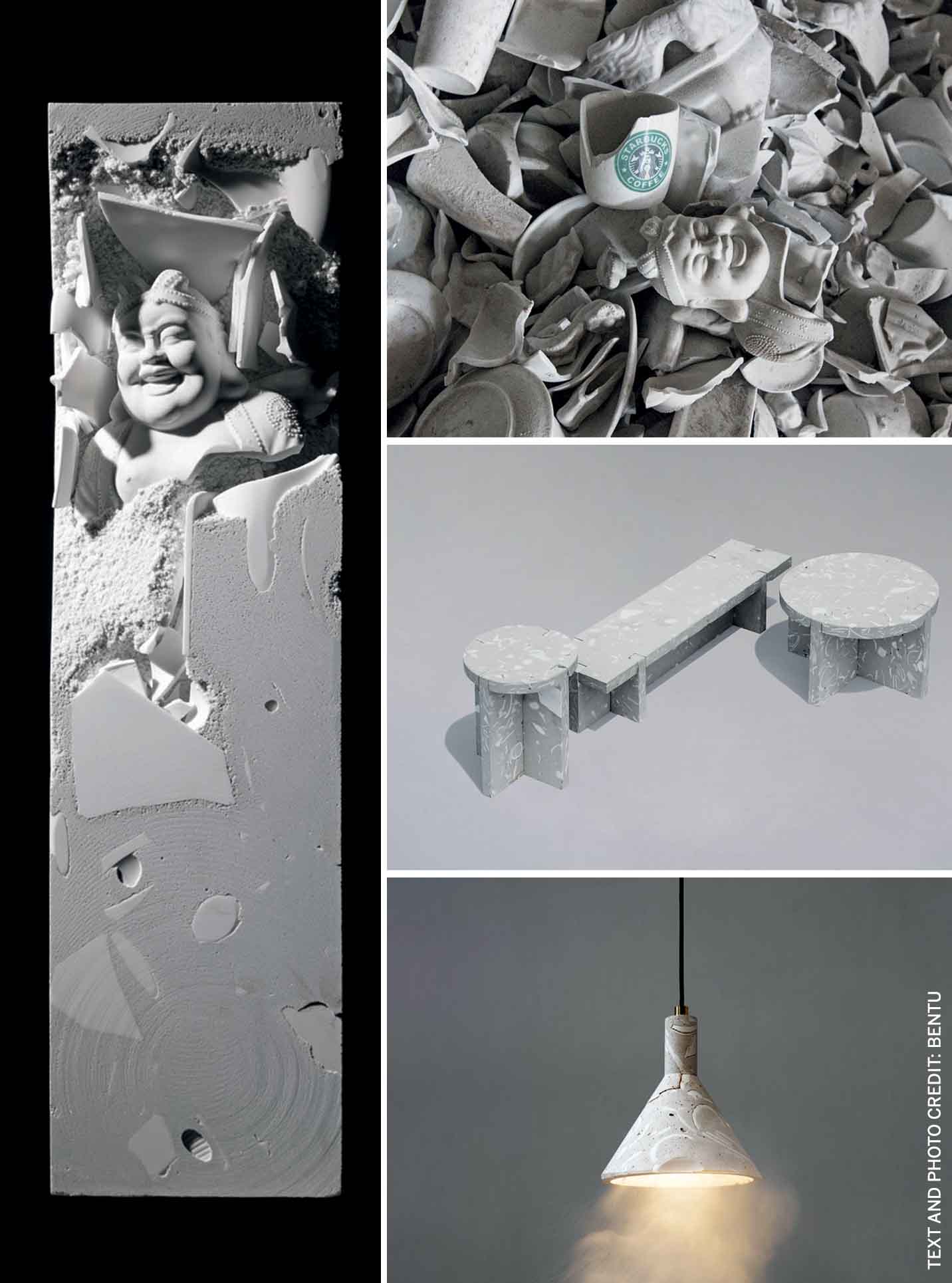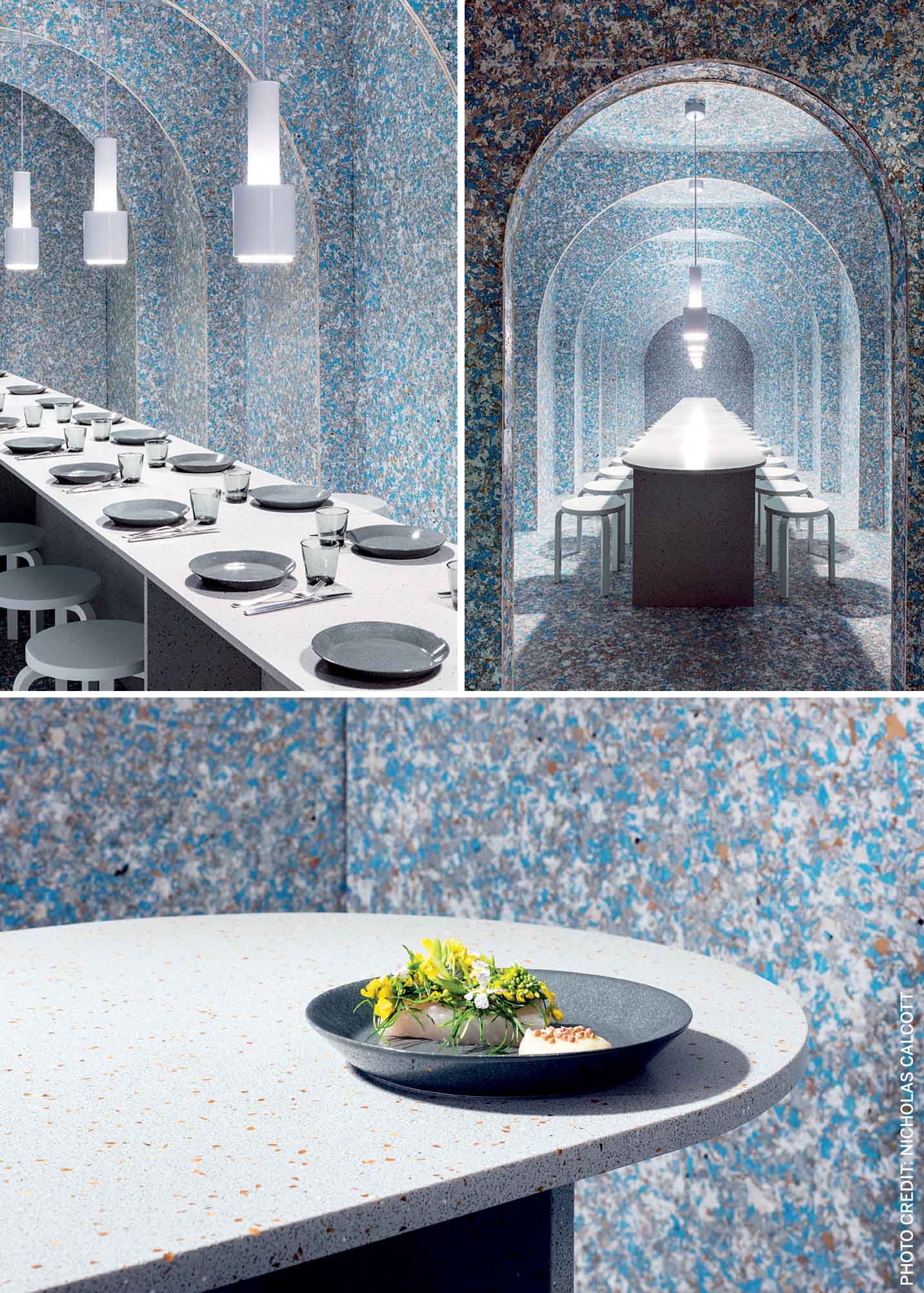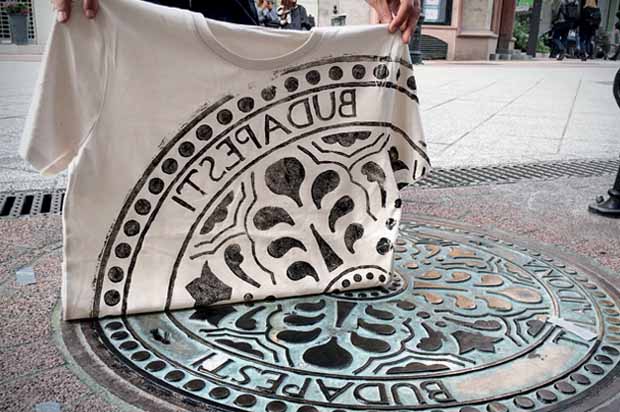I first visited Florence in 2014. Having studied its history, its churches, ‘piazze’, museums and art in school, I did not expect to be shocked by its rich and breathtaking beauty in person. Being immersed in the city made me realise that it was a museum under the sky: democratic and inclusive. Florence is a city that successfully brings together the fearlessness of art, the beauty of design and the emotion of storytelling into a physical reality. It seems impossible to separate one from another and my mind pondered the intertwined relationship between art, design and storytelling.
When does design become art? What happens to either in the absence of storytelling? Which comes first? As Neri Oxman, American-Israeli professor at the MIT Media Lab highlights in her article ‘Age of Entanglement’, art produces new perceptions of the world, thereby granting access to new information in and about it; engineering produces utility that is leveraged by designers, who in turn produce behavioural changes perceived by the artists.
In this interdependent construct, storytelling stands out as the singular tying force. If the objects we are surrounded by don’t tell a story about the place, emotion, memory or moment, why would any of it matter? Design – including that of products – is the result of these intertwined domains expressing themselves in a singular object. Design without art and narratives would be incomplete and much too reductive; we wouldn’t be able to craft emotional connections that make us think differently.
Take for example, Raubdruckerin, which uses urban structures – manhole covers, grids, technical objects and other surfaces of the urban landscape – to capture a unique story of a place. Designers at this Berlin-based studio transfer unique graphical patterns found in the urban realm onto clothes, bags and paper. Every piece is hand printed, mainly on-site in the public space, as a footprint of the city. Why would this printed object matter, if not for the memory of the moment and a tale shared upon return from travels? This is an extraordinary example of art producing something new yet functional, describing unique moments in a place.
In this interdependent construct, storytelling stands out as the singular tying force
Imagine an old object in a new form describing the story of its past. Chinese studio Bentu Design highlights the amount of waste produced by the ceramics industry with its Wreck project. The collection includes side tables, lamp shades and benches, made from a mix of ceramic shards and concrete. Rather than crush the ceramic completely, the shards are visible on the surface of the final products. In this way, the final ‘artwork’ doesn’t hide its past but honestly celebrates its uniqueness and story.
Taking this thinking to the next level is interior designer Linda Bergroth, creating an immersive dining experience for New York’s design week. In her ‘Zero Waste Bistro’ installation, her team designed a space with walls of recycled tetra paks, where original text and barcodes from reused food cartons are still visible. Customers are served in recycled and recyclable dinnerware with a menu that boasts of utilising often-ignored local ingredients. The result expands our experience of art, design and storytelling to a spatial scale.
These examples show that creativity – whether in the realm of art or design – doesn’t necessarily lie in creating something entirely new. It can be about reshaping and remixing an existing object, thereby elevating its function to create a new form of expression. While art can be a pure form of expression, galvanising new behaviours through art transforms it into design. And without storytelling, we may never hear of this extraordinary ingenuity.
1. Raubdruckerin
Emma-France Raff>2006>Alentejo, Portugal
The main focus is to explore the surfaces of cities, searching for overlooked, seemingly insignificant details on the pavement, which turn out to be true urban design pieces. They reveal unobserved parts of cities that are full of history, diversity and creativity.
The fact that the textile printing is taking place outside, in the public space, creates situations that would never happen in conventional textile printing and manufacturing. It allows passengers to become viewers, observing
the process as it evolves. Raubdruckerin is based in Berlin, but works regularly in other metropoles like Amsterdam, Lisbon and Paris.
Additional info: https://raubdruckerin.de
The pieces are printed on-site, at the original location of the chosen manhole cover or similar object.

2. Wreck
BENTU Design>2019>Chaozhou, China
The traditional concept of ceramic recycling only means to smash the waste and put it back into the raw materials for porcelain production. Limited by the viscosity that pottery clay requires, the porcelain waste powder that can be utilised is not much.
In the Wreck Experiment, BENTU managed to carry out a different attempt: change the way of placing porcelain aggregate so as to improve the utilisation of porcelain waste and production speed and develop the possibility of assembled furniture with both artistic and practicable features.
Additional info: http://www.bentudesign.com
Chaozhou supplies 70% of the total daily-use ceramic commodity for the world, becoming the world’s largest daily-use ceramics production base.

3. Zero Waste Bistro
Linda Bergroth>2018>New York City, USA
Zero Waste Bistro, a pop-up restaurant commissioned by the Finnish Cultural Institute in New York, was presented at WantedDesign Manhattan during NYCxDesign. It was built around themes of circular economy, new material innovations and sustainable design.
The space features Alvar Aalto’s classic Artek stools and Hand Grenade pendants, built entirely of recycled and recyclable materials, using sustainable design pieces. The Durat composite is made of 30% post-industrial materials and natural pigments and is 100% recyclable.
Additional info: http://fciny.org/projects/zero-waste-bistro
The space was introduced in Metropolis magazine as ‘hauntingly beautiful’.





Comments (0)